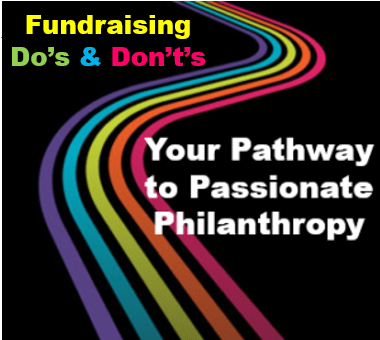This year it’s been easy to hoard.
You had all the strategies that worked for you in the past, PLUS you had to add a bunch of new ones when faced with the realities of the pandemic economy.
Then you had to add things to be relevant to supporters who were thinking about a million news stories. You needed to be relevant, and consider your stance on BLM, BIPOC, DEI and a range of political and social justice issues.
The extraordinary times could not be ignored, so strategy got piled upon strategy, got piled upon…
And your nonprofit work plan got super crowded.
Time to clear out some space!
You’re likely wondering if you have to do everything virtually as well as in person. You’re wondering if your messaging needs to change to be more inclusive? You’re wanting to connect with folks in ways they’ve come to expect, and to offer meaningful engagment opportunities, but… where is everything going to fit?!?!
Never fear. Help is here!
What if you were to look at your work plan this year from the KonMari perspective?
If you’ve been living under a rock, Marie Kondo’s KonMari is the art of “tidying up to transform your life.” It’s a popular book that’s become a Netflix sensation, and it may not be your cup of tea, but…
What if, through some simplification and organization, you could transform your life (at least at work) as well as your nonprofit’s life — so all involved felt greater inspiration and even serenity?
You. Can. Do. It.
Alas, I’ve participated in many a planning session, and seldom do I recall – if ever – really focusing first on what we could stop doing to make room for new endeavors. If this sounds familiar, you’re likely also familiar with the unfortunate consequences.
There are some things that really should not be part of your work plan moving forward. Or, at the very least, they should be pared down. Quite. A. Bit.
Here’s how you know you need, as Marie Kondo might say, to tidy up.
- Do you try to stuff too much into your work plan and end up doing nothing as well as you’d like?
- Do you allow daily clutter to crowd your inbox so you’re often responding to the little issues rather than the big ones?
- Do you keep working on things that no longer have the payoff they once had, causing you to miss out on newer and more cost-effective opportunities?
- Do you allow inertia to divert your focus towards ‘make work’ transactional stuff that satisfies your need to feel ‘busy,’ while you know it’s not really transformational work?
- Have you allowed your job to become overloaded with tasks you don’t enjoy, to the point where you feel a bit like a lobster in a pot?







 People are unpredictable sometimes. They’re also predictable.
People are unpredictable sometimes. They’re also predictable.

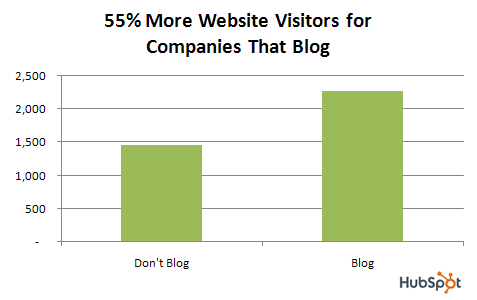






 This week the groundhog told us it’s going to be an early spring!
This week the groundhog told us it’s going to be an early spring!
 Trust defines the credibility and legitimacy not only of your organization, but of the entire social benefit sector. Yet too few organizations make the effort to operationalize this construct into their fundraising and marketing planning.
Trust defines the credibility and legitimacy not only of your organization, but of the entire social benefit sector. Yet too few organizations make the effort to operationalize this construct into their fundraising and marketing planning.



 Are you leading with a “gift” or “favor” to positively incline your donor to say “yes?”
Are you leading with a “gift” or “favor” to positively incline your donor to say “yes?”
 You asked a bunch of folks to give a year ago. Some did.
You asked a bunch of folks to give a year ago. Some did.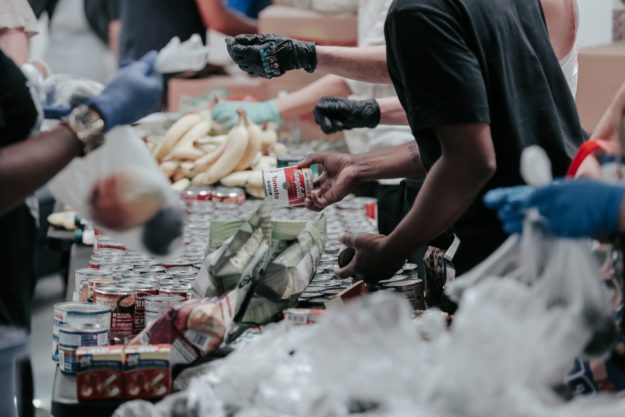
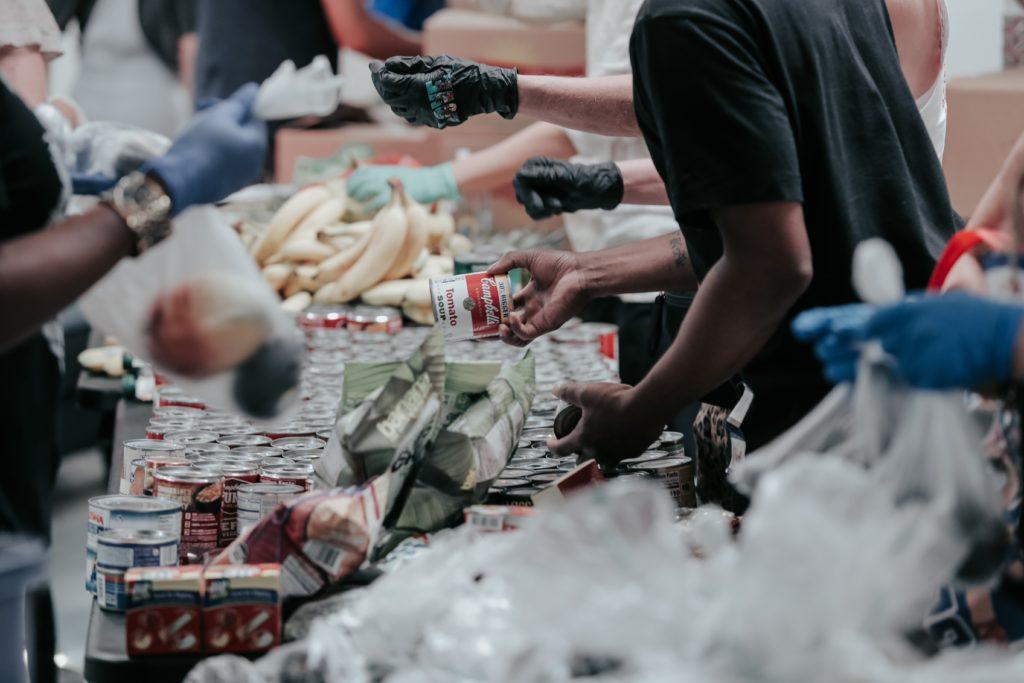 This year Giving Tuesday is November 28th. So, soon.
This year Giving Tuesday is November 28th. So, soon.

 Remember learning your multiplication tables? The concept is powerful for fundraising!
Remember learning your multiplication tables? The concept is powerful for fundraising!
 There’s a lot of potential legacy giving out there in the universe. Per
There’s a lot of potential legacy giving out there in the universe. Per 
 Today I’m going to tell you how to create a fundraising appeal that’s all about your donor’s happiness.
Today I’m going to tell you how to create a fundraising appeal that’s all about your donor’s happiness.
 Fundamentals are important! Before writing your appeal, it’s good to remind yourself of the basics to make sure you’ve got all bases covered. Look at the elements you want to include; make sure you’re applying them. In this two-part series, I’m calling out eight appeal writing fundamentals. In
Fundamentals are important! Before writing your appeal, it’s good to remind yourself of the basics to make sure you’ve got all bases covered. Look at the elements you want to include; make sure you’re applying them. In this two-part series, I’m calling out eight appeal writing fundamentals. In 
 Does proving your point persuade your nonprofit donor?
Does proving your point persuade your nonprofit donor? Babies can teach you the same thing.
Babies can teach you the same thing.




 For this year’s appeal, are you shooting from the hip?
For this year’s appeal, are you shooting from the hip? People are unpredictable sometimes. They’re also predictable.
People are unpredictable sometimes. They’re also predictable.

 I know you’re working on calendar year-end fundraising right now.
I know you’re working on calendar year-end fundraising right now.


 One of my pet peeves as a donor is making a contribution (via a peer-to-peer request or tribute gift in honor or memory) in support of a friend; then receiving nothing but a form receipt.
One of my pet peeves as a donor is making a contribution (via a peer-to-peer request or tribute gift in honor or memory) in support of a friend; then receiving nothing but a form receipt.




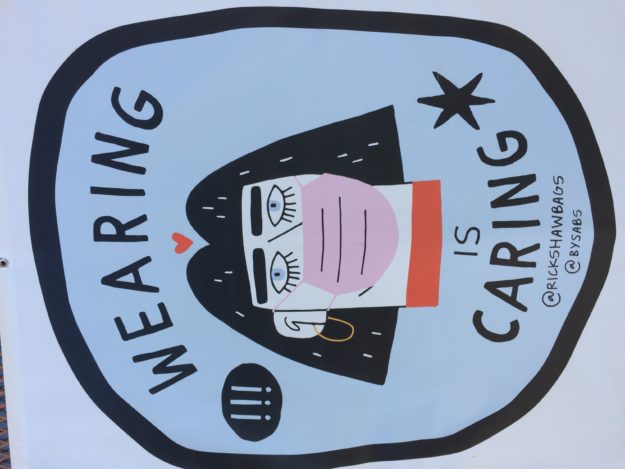
 During a crisis is no time to be passive. Build a list of audiences, prioritize contacts among those lists, and develop a step-by-step written PLAN to reach out. With updates, engagement opportunities, little gifts of content folks can use, and opportunities to contribute and make a demonstrable difference.
During a crisis is no time to be passive. Build a list of audiences, prioritize contacts among those lists, and develop a step-by-step written PLAN to reach out. With updates, engagement opportunities, little gifts of content folks can use, and opportunities to contribute and make a demonstrable difference.
 Could you be getting it all wrong when it comes to the what, who, where, why, how and when of your nonprofit’s communications and fundraising as this pandemic plays out?
Could you be getting it all wrong when it comes to the what, who, where, why, how and when of your nonprofit’s communications and fundraising as this pandemic plays out?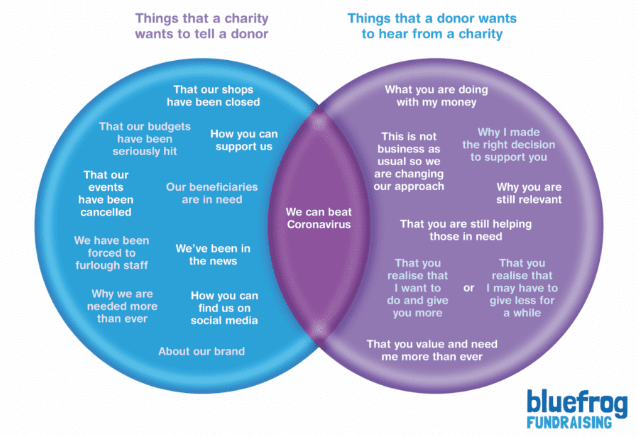 I’m going to explain what your nonprofit should do to show donors you do, in fact, understand where they’re coming from.
I’m going to explain what your nonprofit should do to show donors you do, in fact, understand where they’re coming from.
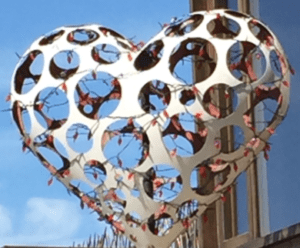 If you feel too busy to contemplate adding one more task to your plate right now, you’re not alone. A pandemic is no vacation!
If you feel too busy to contemplate adding one more task to your plate right now, you’re not alone. A pandemic is no vacation!